 he confrontation was unavoidable, but both parties were confident of victory. The huge yet seemingly easy won battle turned out to be the largest chariot battle ever fought yet the shortest one as it only lasted one day. In one instant everything changed, and the results were both unexpected and unsatisfactory for everyone.
he confrontation was unavoidable, but both parties were confident of victory. The huge yet seemingly easy won battle turned out to be the largest chariot battle ever fought yet the shortest one as it only lasted one day. In one instant everything changed, and the results were both unexpected and unsatisfactory for everyone.
Ramses II sought to wrest Syria from the Hittites and recapture the Hittite-held city of Kadesh. He had the situation under control when suddenly, in a twist of fate, the cosmos turned into chaos, as two of the world’s greatest powers clashed in a fierce chariot battle that developed into a carnage. The confusion was total when 6.000 chariots charged into the fray, the enormous dust clouds filled the skies and blinded everyone, and the Orontes river’s blue waters turned into an ocean of blood. The unavoidable conflict over power and territories became one of the world’s largest and most impressive chariot battles, fought beside the Orontes river.
This grand battle, later told and retold for millennia only lasted one day and the outcome was disappointing for both sides yet it was praised in all major temples throughout Egypt, and it resulted in the world’s first ever recorded international peace treaty. It was to have unprecedented consequences for both Empires, unpredicted reverberations, results no one could ever dream of.
The March to Kadesh
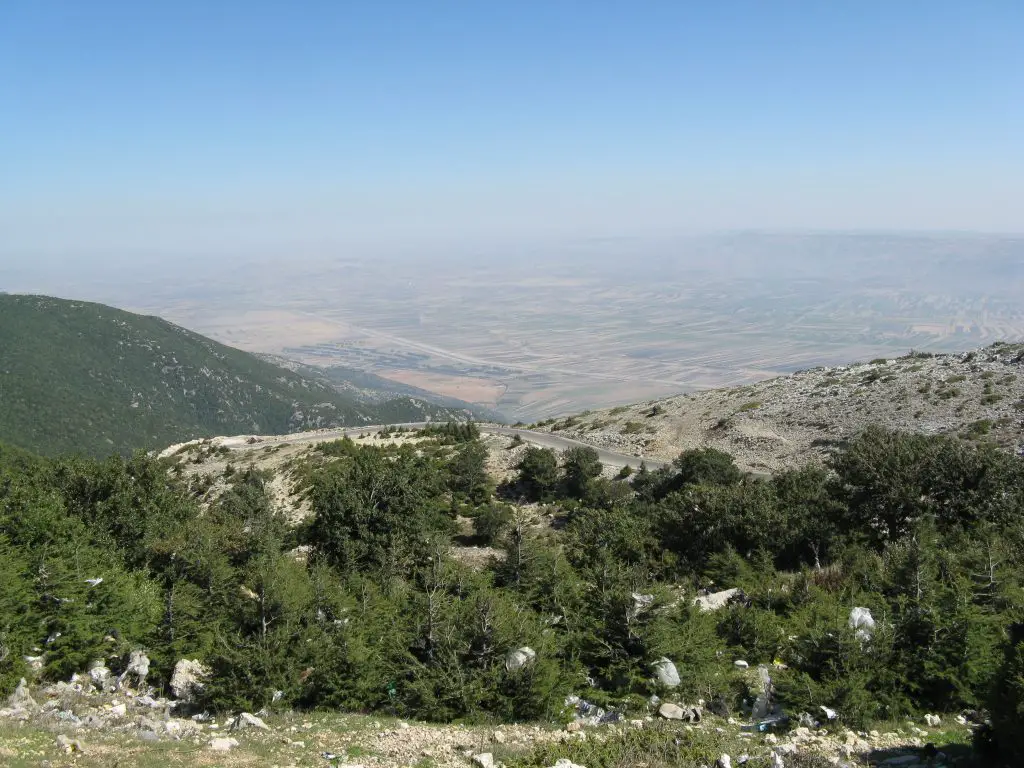
Ramses II set off with his troops towards Syria, it would take more than a month but it was a battle that was unavoidable, they were to face the powerful Hittite Empire’s army in yet another combat for territories, power and influence in the Levant region.
The battle of Kadesh was not the first, but just another one in the numerous battles fought during centuries between the two superpowers of the time. Kadesh was the logical first step in a long campaign to regain earlier held territories in Syria-Palestine. But this time young Ramses and his grand army were not alone.
Amurru’s defection to the Egyptian side offered their army a territorial buffer, protecting their flank, while Kadesh would provide a base from which to launch further attacks. From the beginning, Ramses’ campaign suffered a shortage of basic intelligence. Both about the land he was about to invade as well as the whereabouts of the Hittite forces. It was surprising that the defected Prince of Amurru could provide so little information, but he would be reassured when he later encountered two Hittite deserters, which gave him confidence and surety.
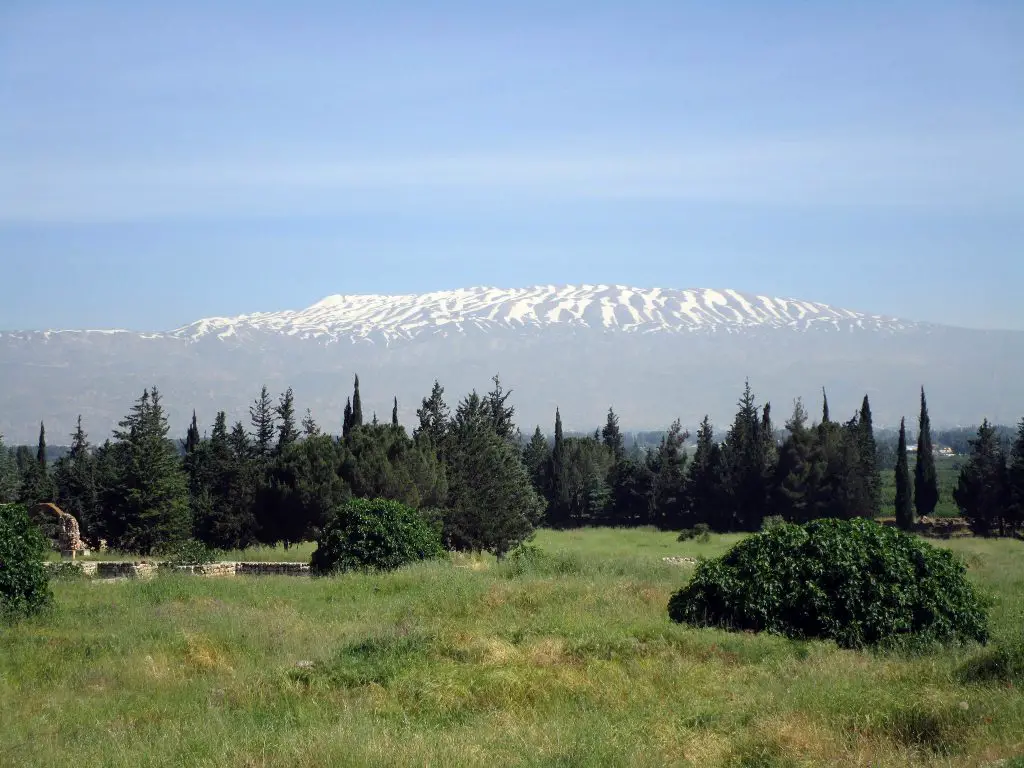
Kadesh was an ancient city of the Levant region, near the headwaters of the crossing point on the Orontes river, it controlled the northern part of the Beqaa road, linking the coast to the mountain range, it was a strategic place.
The city of Kadesh dominated the northern extremes of the Beqaa Valley, in what today is Syrian territory, at the time its people were allied with the Hittites. The population of the city had dug a channel that stretched from the river Orontes until a small water hole just south of the city, thus transforming the entire city into a virtual island.
In ancient times this region was more than desirable, for its important strategic location as a cross point of the main commercial routes at the time and the sovereign power that held control of these lands dominated the waterways through Tigris, Euphrates and the Mediterranean which meant control and access to Europe, Africa and Asia, it was an indispensable gateway to the east!
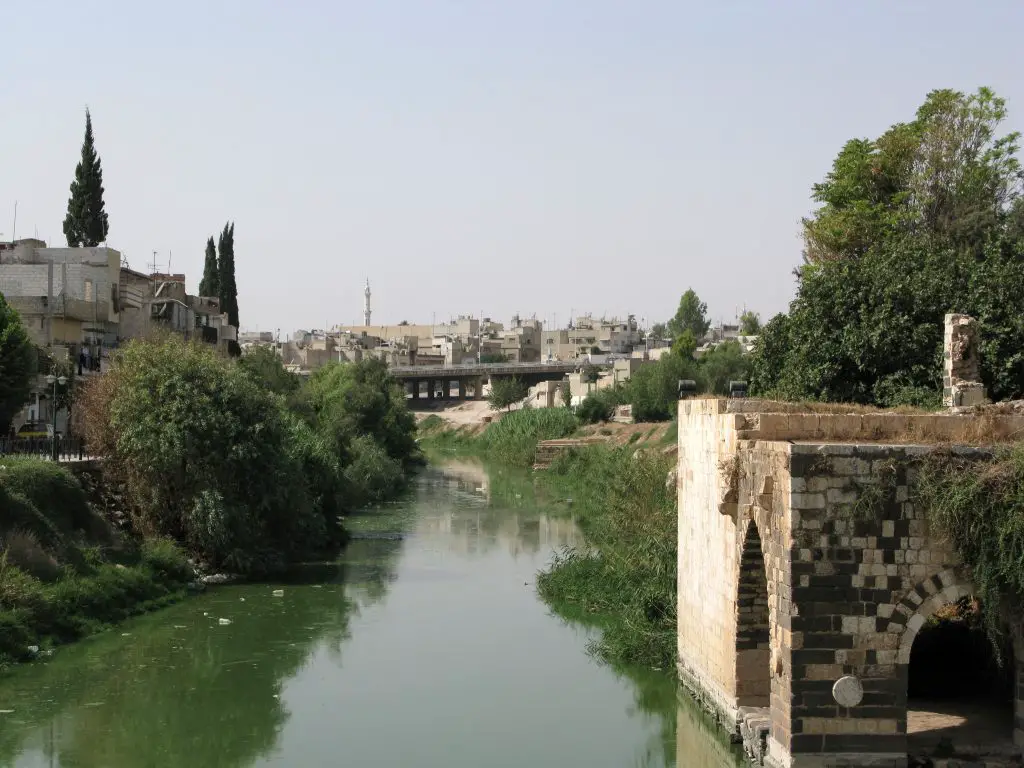
It was more of economic importance than of defensive purpose. Besides, the Pharaoh had made this conquest into his life accomplishment as a ruler.
Maybe it was because Ramses lacked royal roots, he had literally “stolen” the crown and it was perhaps therefore he felt pressured to prove himself as an exceptional by accomplishing memorable acts.
Moreover, young Ramses came from a family of warriors therefore it was not surprising that when taking the throne he threw himself into a succession of armed conflicts. His military achievements were exceptionally successful, maybe too successful for his own good as they provided him with excessive confidence.
The World’s Most Impressive Chariot Battle
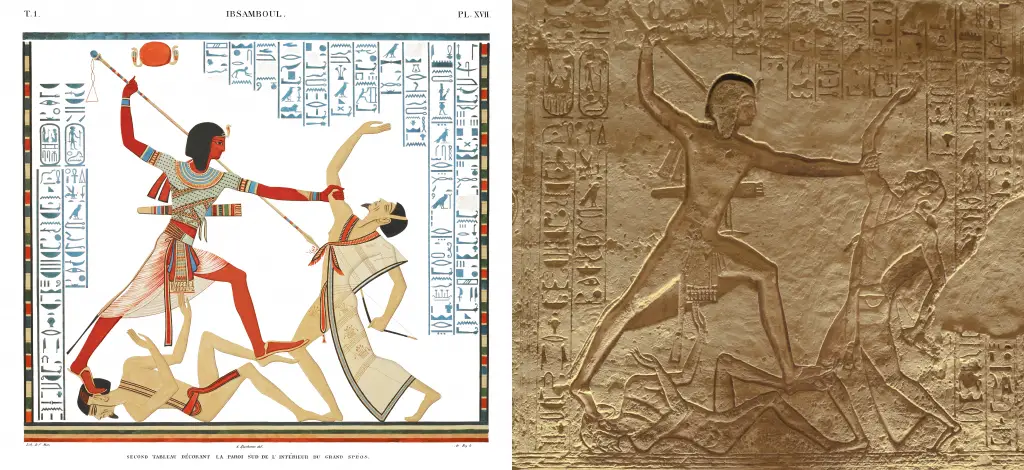
As Ramses approached the city from the south, still one and a half kilometres away, he felt impatient to cross the ford and aimed to quickly arrive on the other side of the river.
Focused on the task ahead and anxious to cease Kadesh, he coincidentally captured two deserters from Muwatali’s army, on the way. The two men informed Ramses of the position of the Hittites troops and their whereabouts in the faraway land of Aleppo. The pharaoh’s division was the first one to arrive, so they decided to set up camp just north of Kadesh while waiting for the rest of the troops to follow.
Arriving first was no coincidence, it was a planned move as Ramses, blinded by the conquest and the glory that followed, wanted to make a quick, triumphal assault and get the credit for the victory himself! Therefore, he rushed into crossing the river and setting camp north of Kadesh by the shores of river Orontes.
Nevertheless, the two deserters, now prisoners, had lied and the troops of Prince Muwatalli were waiting close by, northeast of Kadesh. The Hittite’s chariots crossed the river and launched a surprise attack.
As the Hittites were attacking Ramses at the eastern line they suddenly opened up a second line of attack to face the Egyptian division that had just arrived, this division was soon broken and the winning Hittites surrounded Ramses with two thousand five hundred chariots. Ramses, who yet had to come to terms with being lied to, noticed the danger and evacuated his family from the immediate dangers of the battlefield. In the face of the triumphant attack initiated by Muwatalli, the Egyptian soldiers started to desert the grounds. Just as the battle seemed lost, the third division of the Egyptian army arrived and came to the rescue.
The “Divine Intervention”
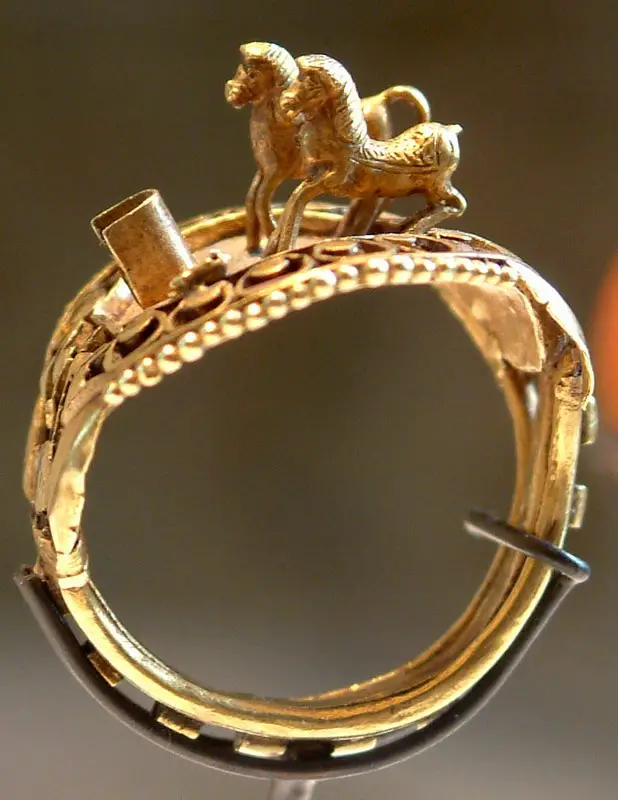
The Egyptians later described the situation as: “a divine intervention”, they gained confidence and together with the newly arrived elite troops succeeded in pushing the Hittites to the other side of the river. Muwatalli ordered a second attack by a fresh division of thousands of chariots but they were met with the same fate. The two armies regrouped and the battle continued. Ramses’ army dominated the fight from the beginning. The Hittite chariots crossed the river again but this time back to the other side.
After this stunning new attempt to charge across the water of river Orontes, the tide of the battle changed. This time Ramses listened to the advice of his officials, he didn’t want to repeat his mistake and wanted to finish off the combat without losing face and as continuing the confrontation seemed dangerous he ordered a retreat towards the south.
The outcome of the battle is clear, but what was up with the divine intervention? Muwatalli and the Hittites victory was almost certain, but the Hittite’s army lost track of the situation as soon as they took the enemy’s encampment, here is where the divine intervention comes in.
As soon as they got control of the Egyptian base, they got greedy and started looting the campsite instead of assuring victory, these moments of distraction gave Ramses enough time to break through the enemy’s chariot barrier and advance by crossing the river. As soon as he had recovered he started to fend off the enemy lines. This is when Muwatalli’s men got separated and confused, the arrival of the Egyptian elite troops only added to the disarray.
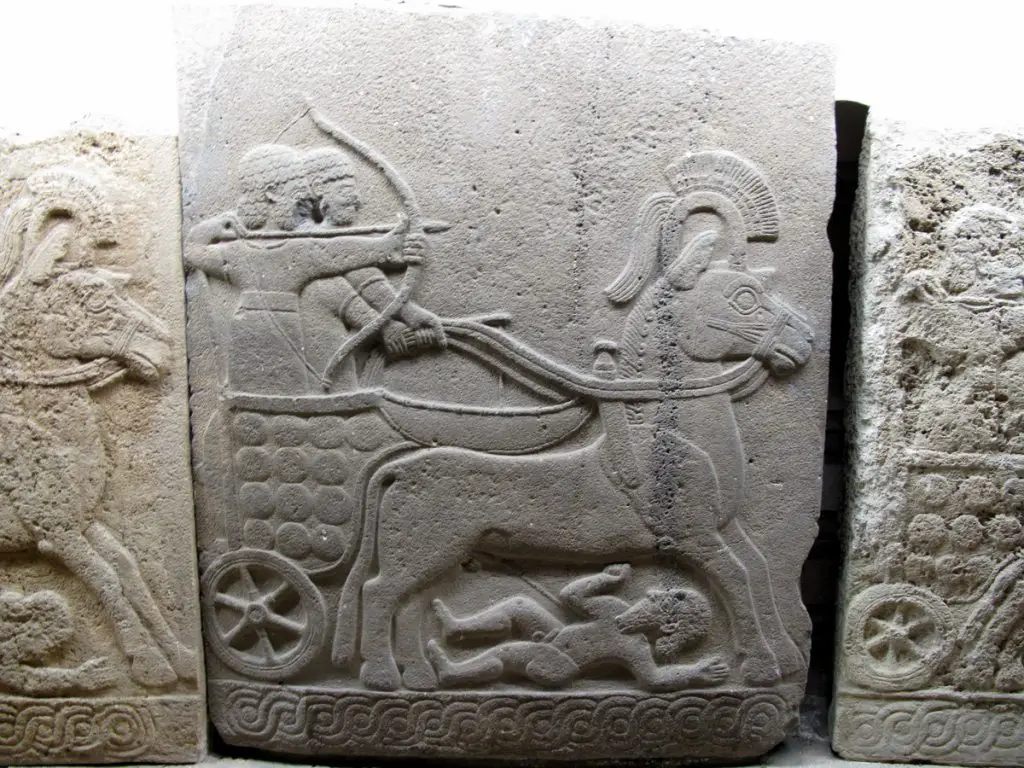
The real turning point was, thus the arrival of the reinforcements, the Egyptian elite troops together with Prince Amurra’s men just in time to save the day. This was history’s first ever complete documented account of military tactics ever told.
Moreover, there is another aspect that has to be considered concerning the end result of the battle, Muwatalli remained stubbornly close to the infantry during the whole conflict, on the west side of the river without making use of his powerful infantry, and at the critical point when his cavalry was pushed to the other side of the waters, he still didn’t intervene.
The reason for this behaviour could have been that he wanted to avoid an even bigger slaughter. Perhaps he was devastated for losing so many brothers and allies at the same time in the battle.
It could also have been the shock itself and the growing thought that diplomacy would be a better solution to the continuation of the excessive bloodshed. A treaty that would benefit both sides and bring stability to everyone… This treaty was underway but it would take some time to be completed and signed.
Doubts About the Winner
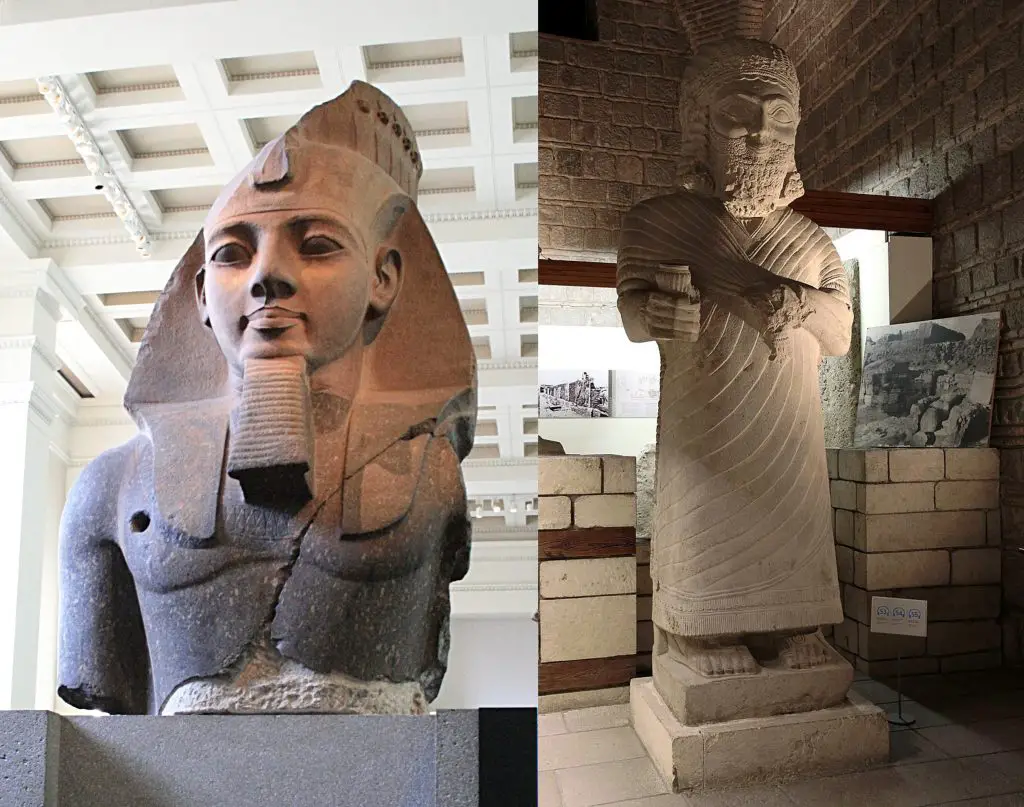
It is true that when talking strategically; the battle was technically a withdrawal, but the Hittites had a slight advantage, they came out stronger at the end. But the truth is that there was no real winner, without a clear winner the battle became a withdrawal, retreat or pull out.
This combat would remain in Ramses’s mind for the rest of his long life, it would keep reminding him of the failure of that day, and continue to influence his future decisions. The day that was supposed to be the beginning of a great future, and success ended up in disaster and a hurtful life lesson.
However, Ramses was not the personality that easily gave up, besides, he had an extraordinary propaganda mashing in place in Egypt, a network of self-promotion, partly or mostly made up of fabricated information that would turn this disgraceful event into a success written all over Egypt’s famous temples, palaces and mortuary chambers.
The Eternal Peace

The peace treaty that got the name “The eternal peace” was not signed by Prince Muwatalli but by his brother Hattusi III, who succeeded him in 1281 BC due to the fact the treaty was not completed until sixteen years after that memorial day. The treaty was originally written in Babylonian; the diplomatic language of the time.
The document which is the first international peace treaty that survived in recorded history was first carved in a silver tablet and later copied on the walls of the Egyptian temple in Karnak and Ramaseum, where it described the entire battle of Kadesh. Both monarchs remained faithful to the pact and Asia Minor enjoyed, as a result, half a century of peace and stability.
Ramses II was succeeded by Merneptah, and together with the Hittites they faced a new enemy making its way from the Mediterranean regions, a coalition of states that went under the name “the sea people”.
The Hittites faced yet another predicament, famine struck the Anatolian lands, but they remembered their pact with Egypt that came to their rescue sending cereals enough to help them overcome the hard times. Even though the peace treaty was not what any of the Empires would have desired, it turned out to be the best for both superpowers, as they later, individually suffered famine, internal conflicts and external threats, especially from the aggressive Sea People.
The former rivals were now involved in a mutual pact “the treaty of eternal peace” and had become allies giving each other support as they both faced a hard and uncertain future. The conflict that started out with betrayal, lies and a carnage ended in eternal peace.

A History, Travel, Culture and Language writer, eager to learn more and explore the world.




